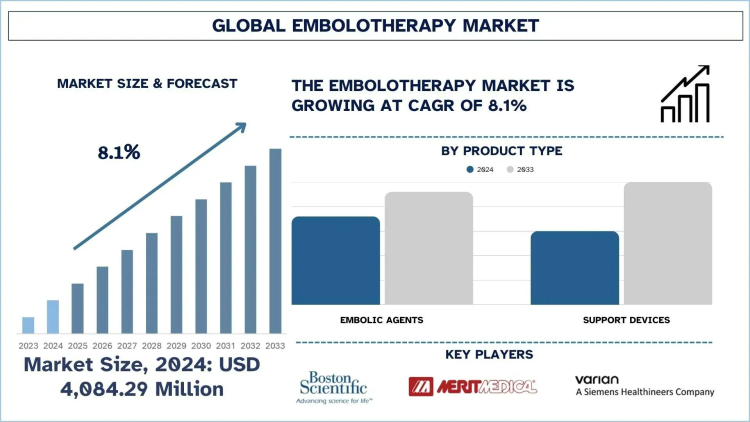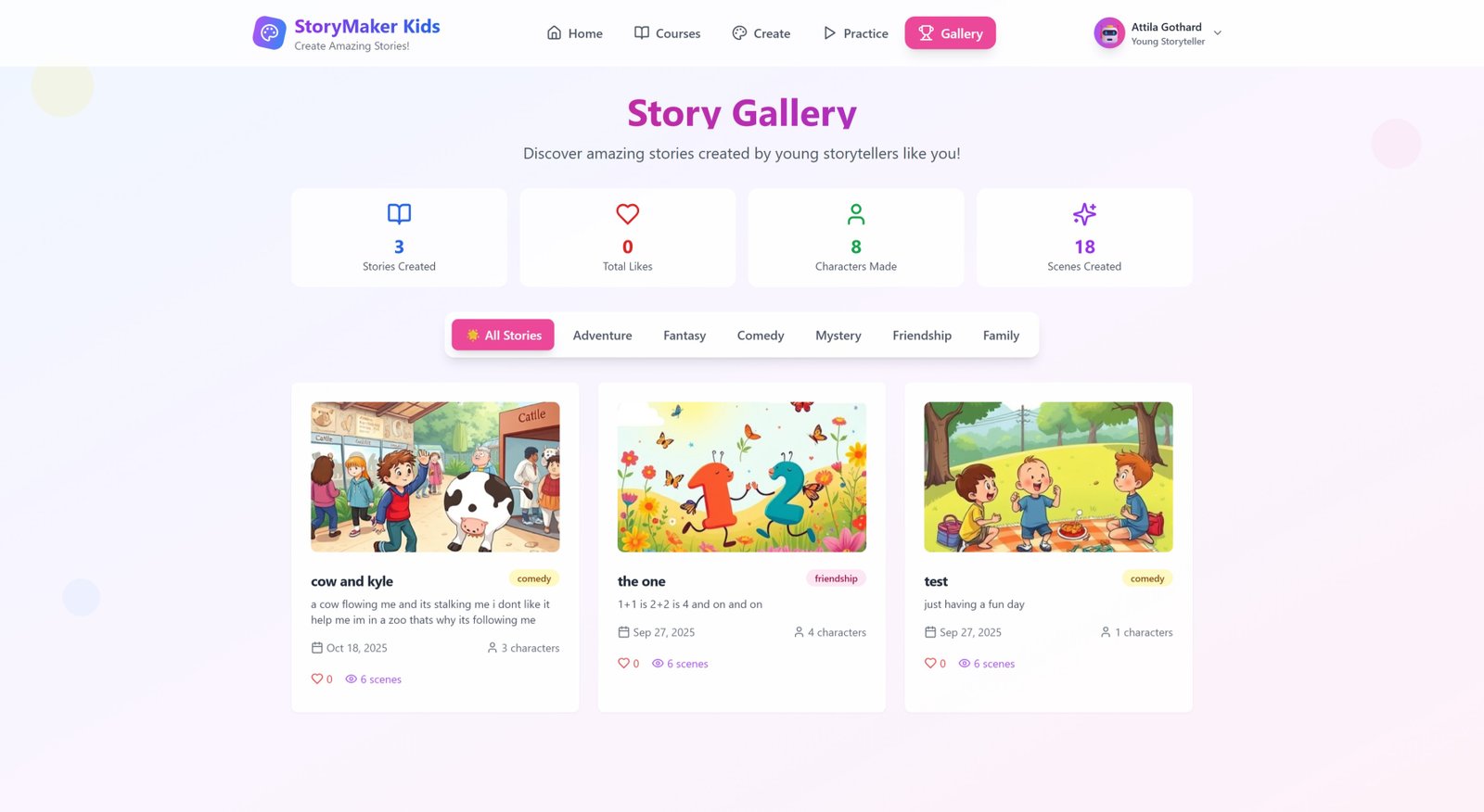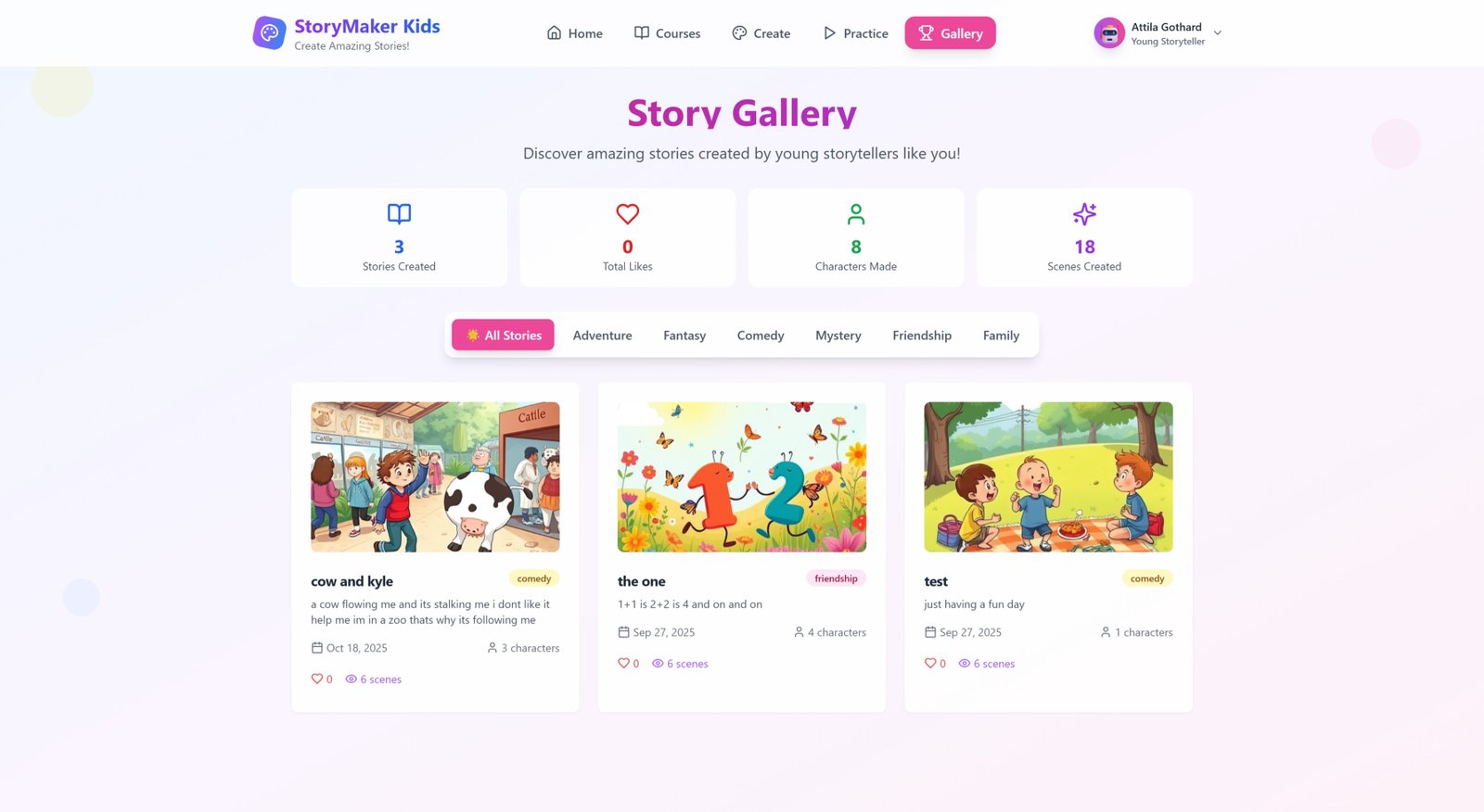Embolotherapy Market Analysis by Share, Trends & Forecast Report, 2033 | UnivDatos
According to a new report by UnivDatos, The Embolotherapy Market is expected to reach USD million in 2033 by growing at a CAGR of 8.1%.

According to a new report by UnivDatos, The Embolotherapy Market is expected to reach USD million in 2033 by growing at a CAGR of 8.1%. The embolotherapy market is increasing because the target diseases, like liver cancer, uterine fibroids, and arteriovenous malformations, are increasingly being treated using minimally invasive procedures. The evolution of embolic agents is on the rise, with the introduction of drug-eluting beads and bioresorbable materials, as well as liquid embolic agents, improving treatment precision, safety, and outcomes, thereby increasing adoption rates. Increase in demand is further motivated by the desire of patients to favor those procedures that have shorter recovery periods and lower complication rates. Moreover, the growth of interventional radiology centers, favorable reimbursement policies in developed countries, and increasing investments in healthcare in emerging markets are driving the market.
Access sample report (including graphs, charts, and figures): https://univdatos.com/reports/embolotherapy-market?popup=report-enquiry
Rising incidence of liver cancer, uterine fibroids, and AVMs
The increasing cases of liver cancer, uterine fibroids, and arteriovenous malformations (AVMs) are a considerable force behind the embolotherapy market since these conditions are among the most common indications of embolization procedures globally. There has been an increasing prevalence of liver cancer, especially hepatocellular carcinoma (HCC), due to a rise in the cases of hepatitis B and C, alcohol-related liver disease, and non-alcoholic fatty liver disease (NAFLD), particularly in the older groups. Similarly, according to FIGO (International Federation of Gynaecology and Obstetrics), uterine fibroids are one of the most common challenges in women's health, affecting up to 70% of women by the time they reach menopause. AVMs, which are rarer, may also be life-threatening conditions of the vascular malformation that may be observed in the brain, spine, or other organs and necessitate the precise embolization to avoid hemorrhage or neurological impairment. The high occurrence rate of these diseases is the major factor driving the demand for the embolotherapy market.
Click here to view the Report Description & TOC https://univdatos.com/reports/embolotherapy-market
According to the report, North America held the dominant market share in the Embolotherapy Market
North America holds the largest market share in the global embolotherapy market due to its robust healthcare infrastructure, widespread adoption of minimally invasive surgery, and strong presence of major medical equipment vendors. The region enjoys the benefits of good reimbursement policies, a high level of awareness among patients and medical care providers, and a huge number of experienced interventional radiologists. The demand for embolotherapy remains constant due to the high rates of occurrence of liver cancer, uterine fibroids, and vascular disorders. Furthermore, technological advancements, robust regulations in support of product approval, and the consolidation of image-guided therapies further enhance North America's dominance in the global market.
Related Report:-
Embolization Device Market: Current Analysis and Forecast (2023-2030)
Liquid Embolic System Market: Current Analysis and Forecast (2023-2030)
Neurovascular Device Market: Current Analysis and Forecast (2022-2028)
Cerebral Embolic Protection Devices Market: Current Analysis and Forecast (2021-2027)
Therapeutic Plasma Exchange Market: Current Analysis and Forecast (2025-2033)
Contact Us:
UnivDatos
Contact Number - +1 978 733 0253
Email - contact@univdatos.com
Website - www.univdatos.com
Linkedin- https://www.linkedin.com/company/univ-datos-market-insight/mycompany/
What's Your Reaction?



























